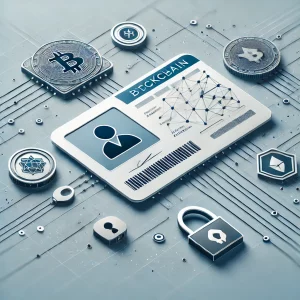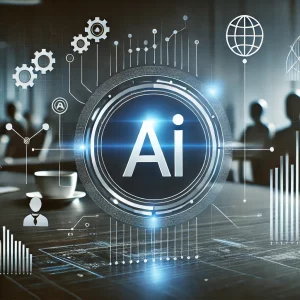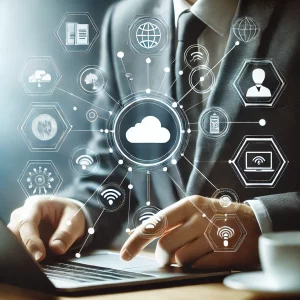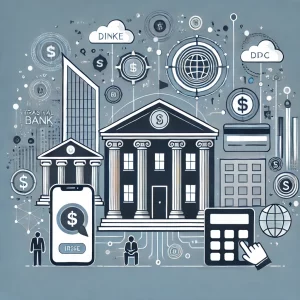How Virtual Reality is Transforming Education
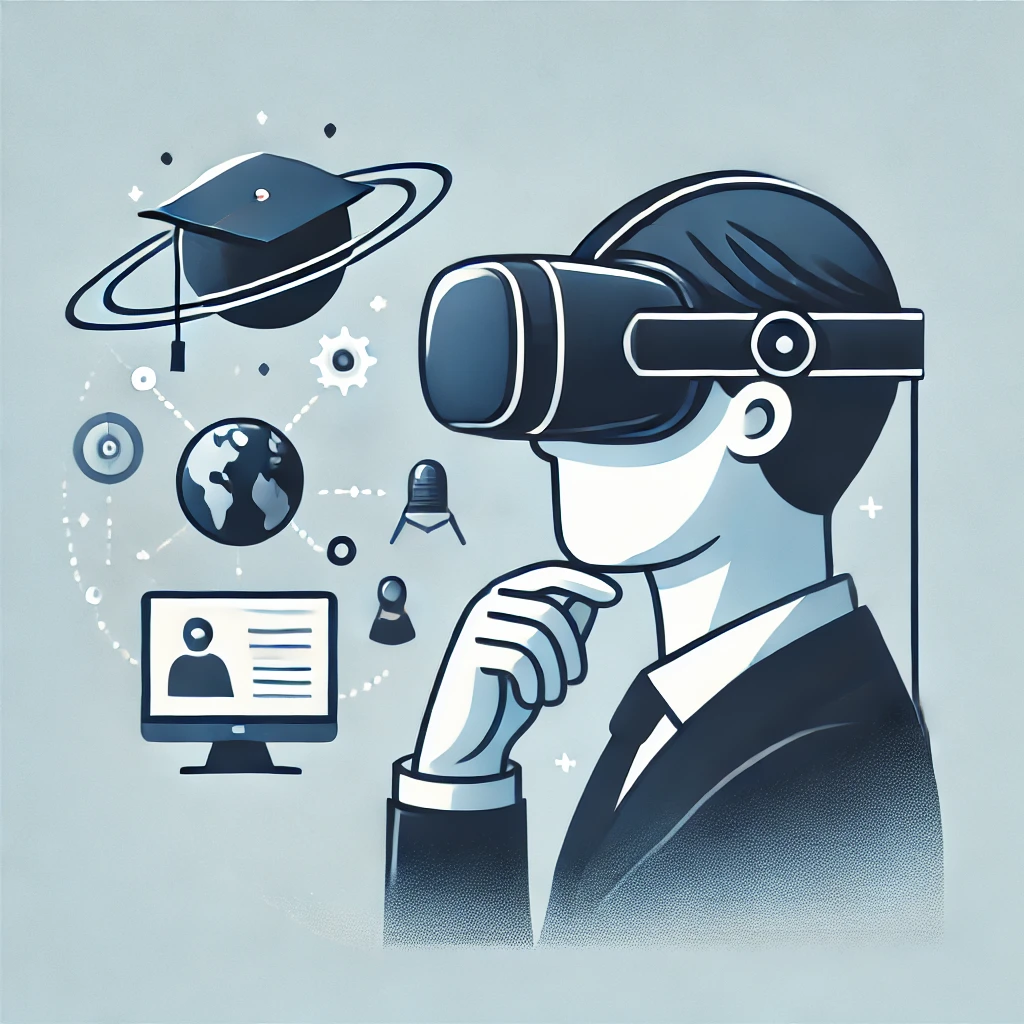
Virtual Reality (VR) is revolutionizing education by offering immersive and interactive learning experiences that go beyond traditional methods. By creating realistic 3D environments, VR enables students to engage with content in new ways, making learning more dynamic, practical, and accessible. The adoption of VR in education is not limited to a single subject or age group; it has the potential to transform learning across various fields, from history and science to medical training and vocational education.
1. Enhanced Learning Experiences
Traditional classroom learning often involves textbooks, lectures, and written assignments. While these methods are effective, they can sometimes be limited in terms of engagement and practical application. VR changes this by providing a highly immersive experience that allows students to learn by doing. For instance, instead of reading about ancient civilizations, students can take virtual field trips to historical sites, where they can explore the environment and gain a deeper understanding of the subject matter.
This level of immersion helps improve retention rates, as learners are more likely to remember what they experience firsthand compared to what they read or hear in a lecture.
2. Practical Training and Skill Development
VR is particularly beneficial for training in fields that require hands-on practice, such as medicine, engineering, and aviation. For example, medical students can use VR simulations to perform virtual surgeries, allowing them to practice procedures in a risk-free environment. This hands-on approach provides invaluable experience and helps students develop critical skills without the need for expensive equipment or risking patient safety.
Similarly, engineering students can use VR to visualize and interact with complex machinery, while pilots can undergo flight training in realistic virtual environments. VR’s capacity to simulate real-world scenarios enables students to gain practical experience and develop their skills with less reliance on physical resources.
3. Increased Accessibility to Education
Virtual Reality has the potential to make education more accessible to students who face physical, geographical, or financial barriers. For instance, students with disabilities can benefit from customized virtual learning experiences tailored to their needs, making it easier for them to participate in educational activities. In addition, VR allows learners from remote or underserved areas to access high-quality educational resources that might otherwise be out of reach.
With VR, students can virtually attend classes, participate in labs, and explore environments from the comfort of their own homes. This democratizes access to education, making it possible for more people to learn from top institutions regardless of their location or physical limitations.
4. Interactive and Engaging Content
VR offers the ability to create highly interactive and engaging content that captures students’ attention and encourages active participation. For instance, VR applications can turn traditional lessons into interactive experiences where students can manipulate objects, conduct experiments, or solve problems within the virtual environment.
This level of interaction promotes active learning and helps students develop a deeper understanding of the subject matter. Gamification techniques, such as earning points for completing tasks or achieving learning objectives, can also be integrated into VR lessons to make learning more enjoyable and motivating.
5. Virtual Field Trips and Cultural Exposure
One of the unique benefits of VR is the ability to take students on virtual field trips to places they may not be able to visit in real life. This can include exploring the Great Wall of China, diving into the Great Barrier Reef, or visiting the Louvre Museum in Paris. Such experiences allow students to learn about different cultures, historical events, and natural phenomena in an immersive way that traditional field trips cannot replicate.
Cultural exposure through VR can help foster empathy and broaden students’ perspectives by providing them with a deeper understanding of the world around them. It enables students to experience different places and cultures, which can be particularly valuable for subjects like geography, history, and social studies.
6. Safe Environment for Risky Experiments
In science education, VR allows students to conduct experiments and explore environments that might otherwise be too dangerous or impractical. For example, chemistry students can carry out virtual chemical reactions without the risk of accidents, and biology students can explore human anatomy in detail without the need for dissection.
This risk-free environment encourages students to experiment and make mistakes, which are essential parts of the learning process. By providing a safe space for trial and error, VR helps build students’ confidence and deepens their understanding of complex concepts.
Challenges of Integrating VR into Education
Despite its potential, there are challenges associated with implementing VR in educational settings:
- Cost: High-quality VR equipment and software can be expensive, which may limit access for some schools or students. While prices are decreasing, the cost remains a barrier for widespread adoption.
- Technical Requirements: Using VR requires not only the headset but also powerful computers and software that can handle the processing demands. This can be challenging for institutions with limited technical resources.
- Content Development: Creating engaging and educational VR content requires specialized skills and can be time-consuming. Teachers and schools may need support from developers to create custom VR experiences.
- Health and Safety Concerns: Extended use of VR can lead to discomfort, such as eye strain or motion sickness. Educators need to ensure that VR is used in moderation and provide breaks to prevent these issues.
Conclusion
Virtual Reality is poised to transform education by making learning more immersive, interactive, and accessible. Its ability to provide realistic simulations, practical training, and virtual field trips offers unique educational opportunities that can enhance traditional teaching methods. Although challenges like cost and technical requirements exist, the benefits of incorporating VR into the classroom make it a promising tool for the future of education.
As technology continues to advance and costs decrease, the integration of VR in educational settings will likely become more widespread, helping to shape a new era of learning that is engaging, inclusive, and practical.
